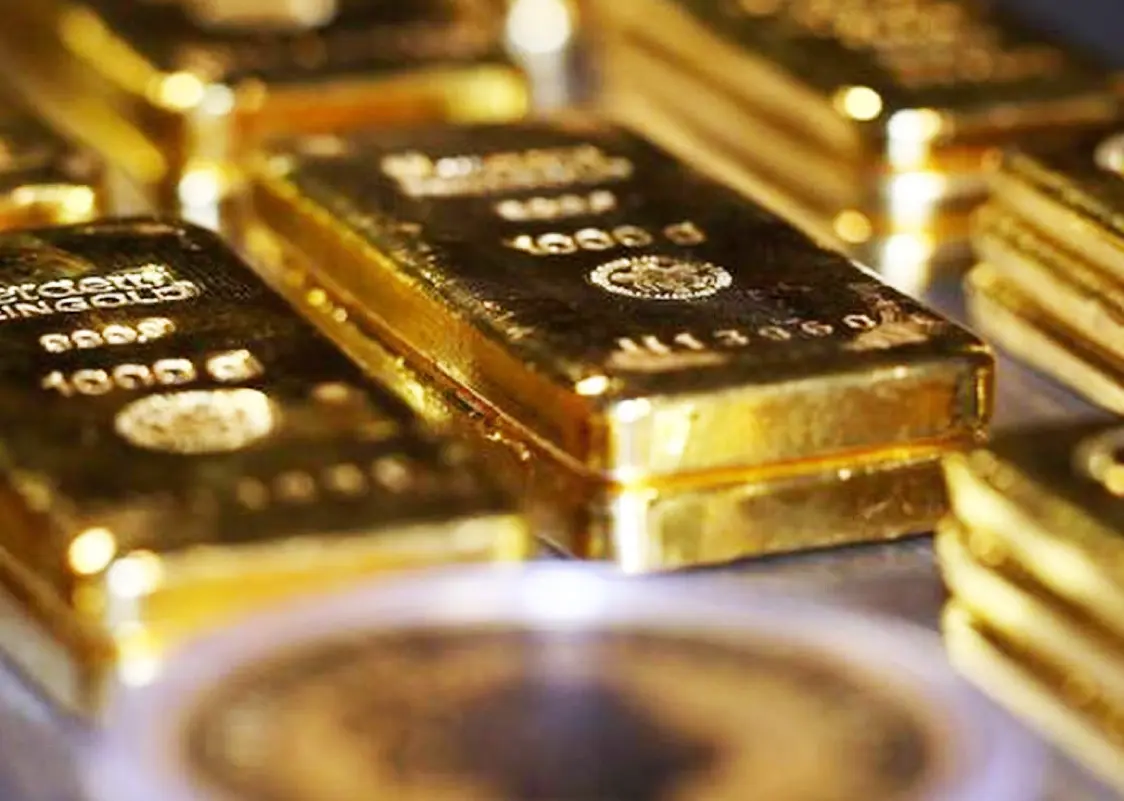Philippines - Local Buying Program
The People’s Small-Scale Mining Act, introduced in 2001, dovetailed with the Philippine Mining Act. The Small-Scale Mining Act mandated that all small-scale miners must sell their gold to the central bank BSP via designated purchase windows.
Between 1997 and 2011, the value of small-scale gold sold to BSP surged from 4.5 billion (bn) pesos to 34.6bn pesos, an almost eight-fold increase in less than 15 years.
Mongolia - Gold Purchases
The central Bank of Mongolia (BoM) purchased more than 19t of gold in the first ten months of 2020 alone. Official gold production amounted to slightly under 20t in 2020.
Ecuador - Gold as Collateral
The Central Bank of Ecuador BCE recognizes the role that gold can play in effective reserve management.
Reserve managers frequently employ gold swap transactions, pledging a portion of their gold in exchange for hard currency during a fixed period. Upon repayment of the currency the gold is returned to the BCE.
The central bank entered into such a swap in March 2020, raising US$300mn at a time when additional liquidity was required to address the widespread market stress and extreme financial instability caused by the pandemic. Such active use of gold reserves underscores the importance of the BCE’s gold buying programme as a key tool within the central bank’s armoury.
Ethopia - Enhancing Livelihoods
The National Bank of Ethiopia (NBE), the country’s central bank, plays a pivotal role in the formalisation of the artisanal gold mining sector. The central bank is charged with buying gold deposits locally and selling them in international markets, while the Ministry of Mines is responsible for verifying the purity of gold purchased by the NBE
The sector is reported to create an indirect livelihood for 7.5 million people, generating almost US$303mn in revenue in the last five months of 2020, despite the Covid-19 pandemic.







